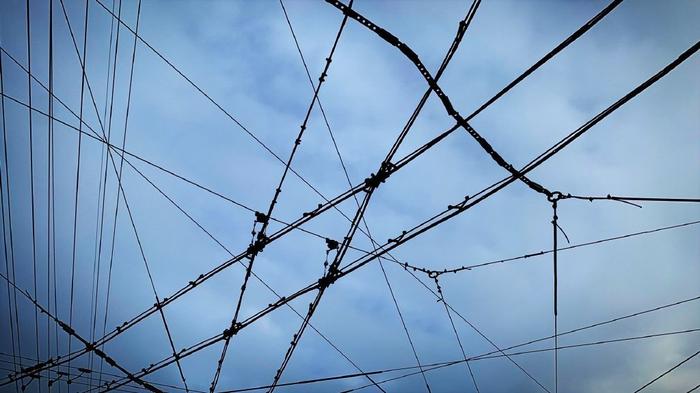1
2
3
4
5
6
7
8
9
10
11
12
13
14
15
16
17
18
19
20
21
22
23
24
25
26
27
28
29
30
31
32
33
34
35
36
37
38
39
40
41
42
43
44
45
46
47
48
49
50
51
52
53
54
55
56
57
58
59
60
61
62
63
64
65
66
67
68
69
70
71
72
73
74
75
76
77
78
79
80
81
82
83
84
85
86
87
88
89
90
91
92
93
94
95
96
| import torch
def torch_equalize(image):
def scale_channel(im, c):
"""Scale the data in the channel to implement equalize."""
im = im[:, :, c]
histo = torch.histc(im, bins=256, min=0, max=255)
nonzero_histo = torch.reshape(histo[histo != 0], [-1])
step = (torch.sum(nonzero_histo) - nonzero_histo[-1]) // 255
def build_lut(histo, step):
lut = (torch.cumsum(histo, 0) + (step // 2)) // step
lut = torch.cat([torch.zeros(1), lut[:-1]])
return torch.clamp(lut, 0, 255)
if step == 0:
result = im
else:
result = torch.gather(build_lut(histo, step), 0, im.flatten().long())
result = result.reshape_as(im)
return result.type(torch.uint8)
image = image.type(torch.float)
s1 = scale_channel(image, 0)
s2 = scale_channel(image, 1)
s3 = scale_channel(image, 2)
image = torch.stack([s1, s2, s3], 2)
return image
def find_nearest_above(my_array, target):
diff = my_array - target
mask = diff <= -1
if torch.all(mask):
c = torch.abs(diff).argmin()
return c
masked_diff = diff.clone()
masked_diff[mask] = 9999
return masked_diff.argmin()
def hist_match(source, template):
s = source.view(-1)
t = template.view(-1)
s_values, bin_idx, s_counts = torch.unique(s, return_inverse=True, return_counts=True)
t_values, t_counts = torch.unique(t, return_counts=True)
s_quantities = torch.cumsum(s_counts, 0).type(torch.float)
t_quantities = torch.cumsum(t_counts, 0).type(torch.float)
s_quantities = s_quantities / s_quantities[s_quantities.shape[0] - 1]
t_quantities = t_quantities / t_quantities[t_quantities.shape[0] - 1]
sour = (s_quantities * 255).type(torch.long)
temp = (t_quantities * 255).type(torch.long)
b = torch.zeros(sour.shape)
for i in range(sour.shape[0]):
b[i] = find_nearest_above(temp, sour[i])
s = b[bin_idx]
return s.view(source.shape)
def hist_match_dark_prior(img):
result = img.clone()
result = torch_equalize(result)
dark_prior, _ = torch.min(result, axis=2)
for i in range(3):
result[:, :, i] = hist_match(result[:, :, i], dark_prior)
return result
if __name__ == '__main__':
from PIL import Image
import numpy as np
im = Image.open("haze/*.jpg")
img = torch.from_numpy(np.array(im))
img1 = hist_match_dark_prior(img).numpy()
im1 = Image.fromarray(img1)
im1.save('result/*.jpg')
|





